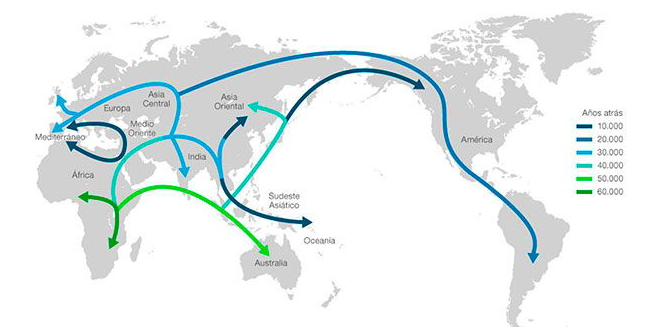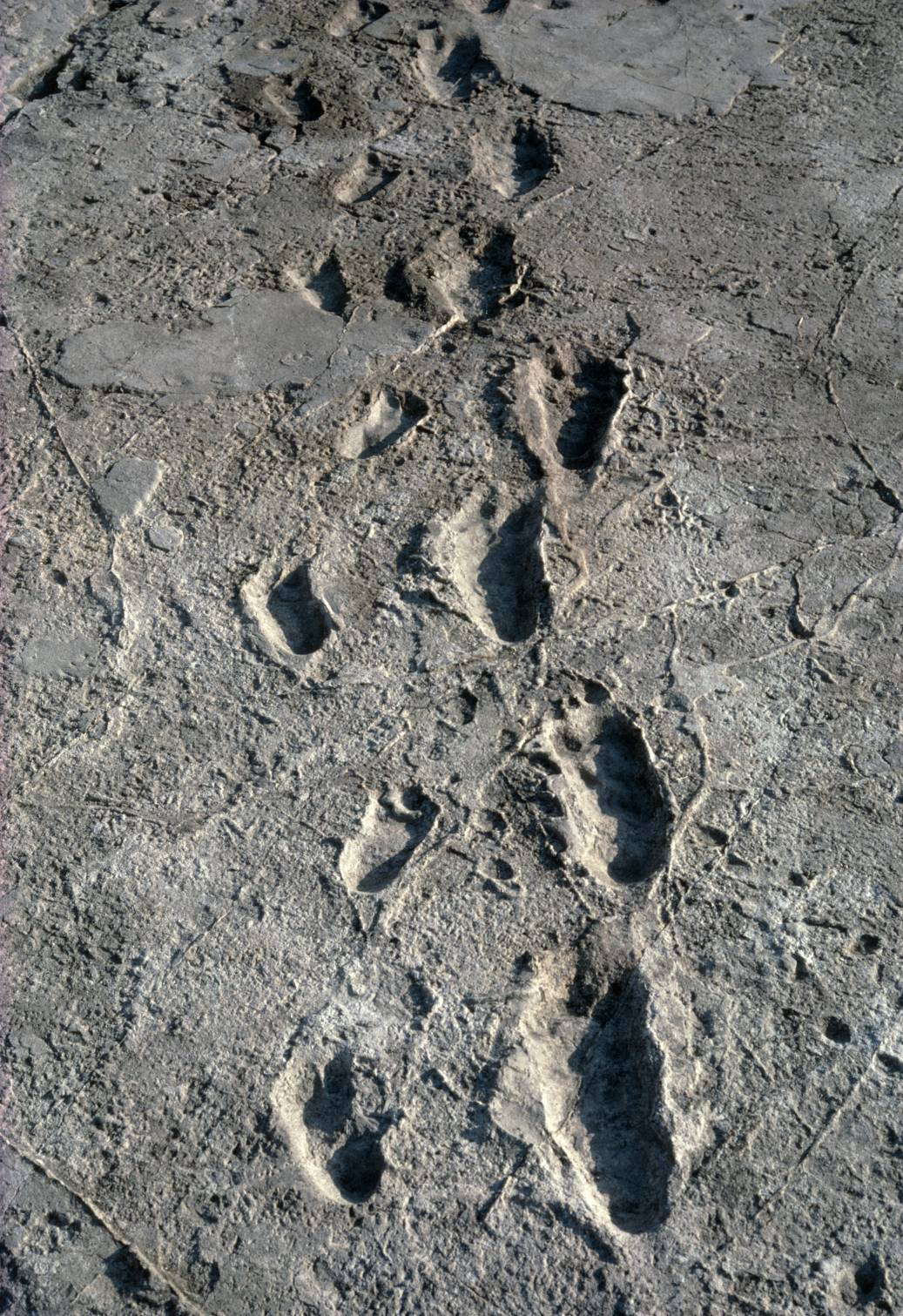Evolution
Modern humans like us have only been on the Earth for about 200,000 years, but our ancestors were here long before that.
We are going to learn about human evolution, how humans have changed and who our ancestors are.
Human evolution is the process of change by which modern humans (you and me) evolved from our early human ancestors over the past 6 million years.

We don´t know the exact progression from species to species that led to modern humans. There are many different ideas, and as new fossils are discovered and new technologies are developed, the gaps become filled and the picture becomes clearer.
____________________________________________________________
What are the differences between humans and apes?
Bipedalism
Is the ability to walk on two legs.
Brachiatism
Is the ability of swinging from one arm to another on overhead equipment.


- Skull: human skull is more rounded that ape´s, which allows a larger craneal volume, in other words, our brain is bigger.

- Backbone: humans developed an S-curved backbone, this provides shock absorption support and balance.


- Teeth: human teeth are smaller because we can cook our food and we don´t need to bite our preys quickly, before stronger animals arrive and take the food from us.
______________________________________________________________________
Activity
Find 5 pros and 5 cons of bipedalism.
_________________________________________________________________________
Human Ancestors
Throughout this historical period, hominids evolved until reaching what we understand today to be human.

HOMO AUSTRALOPITHECUS
It existed in Africa from around 4.2 to 1.9 million years ago and from which the Homo genus, including modern humans, is considered to be descended. Homo Australopithecus had both ape and human characteristics: they had apelike face proportions (a flat nose, a strongly projecting lower jaw...) and a braincase with a small brain (about 1/3 the size of a modern human brain), and long, strong arms with curved fingers adapted for climbing trees. They also had small canine teeth and a body that stood on two legs and regularly walked upright (bipedalism). Their adaptations for living both in the trees and on the ground helped them survive for almost a million years as climate and environments changed.
HOMO HABILIS
It was born 1.9 million years ago. Its greatest differences with the previous hominid are in its cranial capacity and its ability to produce tools. Physically, they had a taller face, a larger head and a smaller forehead. Furthermore, they already controlled their ability to walk upright.
HOMO ERECTUS
They lived between 1.8 million years ago and 300,000 years ago. His appearance was more like that of a current human. They had a straightened back, was very robust and was tall (up to 1.80 m). This change of posture brought about a significant change in their brain. Finally, they began to control the fire.
HOMO SAPIENS NEANDERTHALENSIS
It arises from the Middle Paleolithic (200,000-30.000 BC), and had a robust appearance, a long and flattened skull, with a fleeting forehead and a chinless jaw. His limbs were short, and his brain capacity was very high, being even superior to the current one. Its average height would be about 155 cm, and its spine was the same as it is today. In addition, they populated northern Asia and Europe, which made them adapt very well to extremely cold climates.
HOMO SAPIENS SAPIENS
It arises between 40,000 and 30,000 BC, in the Upper Paleolithic. The being who was previously a "monkey", achieves a surprising transformation, adapting to extreme conditions and challenges such as the use of tools for hunting, communication, enduring extreme weather ... An example of this could be the Cro-magnon man , ancestor of the men and women of today.

____________________________________________________________
The long walk
Homo Sapiens migrations

Homo Sapiens are believed to have emerged in Africa about 300,000 years ago.
Early modern humans expanded to Southern and Central Africa around 60,000 years ago.
Homo Sapiens began migrating from the African continent and populating parts of Europe and Asia. They reached the Australian continent in canoes sometime between 35,000 and 65,000 years ago.
During those migrations, Homo Sapiens met other hominids such as Homo Neanderthalensis.
Homo Sapiens was a specialized hunter and adapted efficiently to the environment so Neanderthal populations were replaced.

